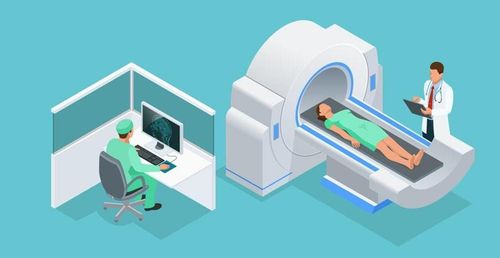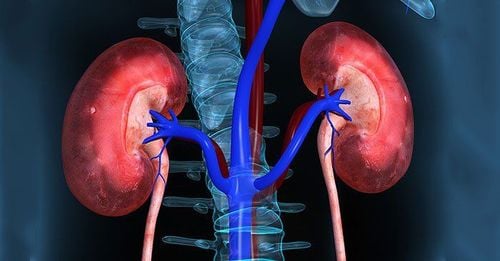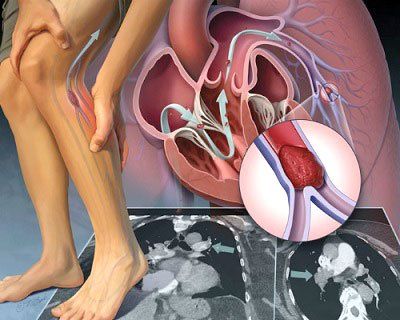This is an automatically translated article.
The article is professionally consulted by Master, Resident Doctor Nguyen Van Anh - Radiologist - Department of Diagnostic Imaging and Nuclear Medicine - Vinmec Times City International General Hospital.Magnetic contrast-enhanced upper extremity artery MRI usually yields high-contrast images with good anatomical detail, allowing the identification of morphological and functional lesions of the upper extremities.
1. What is an MRI of the arteries of the upper extremities?
The superior extremity artery originates from the subclavian artery to the axillary artery, brachial artery, forearm artery (radial artery, ulnar artery), and terminates in the palmar arches (superficial palmar arch). , deep palmar arch).Upper extremity artery MRI is a diagnostic imaging technique that uses magnetic fields to evaluate upper extremity artery pathologies (arterial stenosis, aneurysms...). You can choose to have an MRI of the upper extremities with or without injection.
2. The role of contrast agent (contrast agent)
● Improve, sharpen the image.● Helps to distinguish between normal and abnormal conditions of the body.
● No permanent discoloration of internal organs.
● After completing the scan, the patient's body will absorb or eliminate the contrast agent from the urinary or digestive tract.
Usually, if only normal pulse sequences are taken, then no injection of contrast agent is enough to make the diagnosis. However, in cases where it is necessary to assess the blood supply of the lesion, it will be necessary to take pictures with the help of contrast agents as prescribed by a specialist.
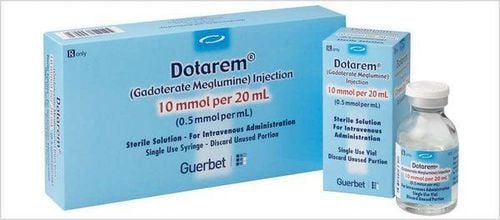
Tiêm thuốc đối quang từ trong chụp MRI giúp hình ảnh rõ ràng hơn
3. Advantages of MRI of upper extremity arteries with magnetic contrast injection
● Non-invasive diagnosis.● Multi-plane imaging, easier in diagnosis.
● High spatial resolution, high tissue contrast for tissue characterization.
● Contrast has a high level of safety, almost no side effects.
● The patient is not affected by radiation such as CT or X-ray, still helps to detect abnormalities behind the bone layers. .
● No effect on flow rate, less image noise compared to angiography without contrast.
4. Indications and contraindications
4.1 Indications for MRI of the arteries of the upper extremities when
● Upper extremity artery disease: stenosis, occlusion, atherosclerosis, aneurysm, dissection....● Follow-up after treatment, after surgery.
● According to the professional prescription of the treating doctor.
4.2 Contraindications
● The patient wears electronic devices such as: automatic drug injection device under the skin, cochlear implant, anti-vibration machine, pacemaker, Neurostimulator...● The person wears a clear metal surgical clamp intracranial, orbital, vascular <6 months (If pregnant > 6 months, consider further depending on the patient's health status).
● People with severe kidney failure.
● People with serious illnesses need resuscitation equipment on their side.
● Patient has a history of allergy to contrast agents.
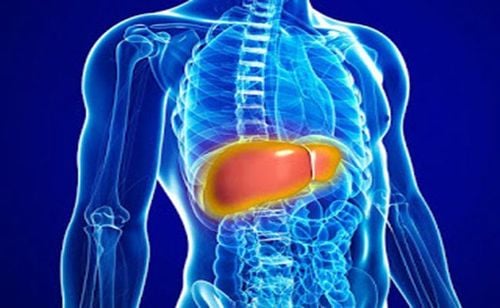
Chụp MRI động mạch chi trên chống chỉ định với trường hợp bệnh nhân suy gan
5. MRI procedure of upper extremity artery with injection of magnetic contrast agent
5.1 Preparation for the procedure
5.1 Preparation before the procedure To perform an MRI of the arteries of the upper extremities, it is necessary to prepare:Implementation team:
● Radiology specialist.
Electro-optical technician.
Vehicles used:
Resonant angiography machine from 1.5 Tesla or more.
● Image storage system.
Film printer.
Movies.
Supplies used:
● 18G vein puncture needle.
● Physiological saline / distilled water.
● 10ml syringe.
● Gauze, cotton, gloves, sterile bandages.
● Magnetic contrast medicine first aid box.
Patients need to prepare:
● Be explained in advance about the imaging procedure to coordinate well with the doctor.

Bệnh nhân không cần nhịn ăn trước khi chụp MRI
● Prepare a copy of the request from a clinician, with a clear diagnosis or complete medical record (if necessary).
● Check for contraindications.
● Change into specialized clothes of the magnetic resonance imaging room according to instructions, remove contraindicated items.
5.2 Implementation Procedure
The entire upper extremity artery MRI takes about 30 minutes in turn, following these steps:Patient position:
● The patient is placed supine on the imaging table.
● Place an intravenous line (20-18G) connected to an electric syringe.
● Install the whole body positioning signal receiver coil.
Wear a noise-cancelling headset for the patient (if necessary).
Imaging technique
Locating pulse sequences helps to evaluate morphology and function in 3 aspects.
● Inject the magnetic contrast agent by Test bolus technique at the rate of 2ml/s with a dose of 0.1-0.2mmol/kg Gadolinium and push the drug with 20-30ml of physiological saline (distilled water).
T1W 3D pulse sequence capture.
Multi-plane reconstruction (MPR) and 3-dimensional space (VRT).
Note: The injection of magnetic contrast agent during the imaging process may cause allergic reactions (urticaria, throat swelling, rash, nausea, stomach cramps, tachycardia, anaphylaxis .. .) should have emergency preparedness in case of accident.
● The technician processes the captured images, prints the film, transfers the images and data to the doctor's workstation (The acquired image must clearly see the anatomical structure of the area to be examined).
● Based on the above information, the doctor analyzes the lesion (if any) and makes a diagnosis.

Sốc phản vệ có thể xảy ra khi bệnh nhân bị dị ứng với tiêm thuốc đối quang từ
Vinmec International General Hospital is a high-quality medical facility in Vietnam with a team of highly qualified medical professionals, well-trained, domestic and foreign, and experienced.
A system of modern and advanced medical equipment, possessing many of the best machines in the world, helping to detect many difficult and dangerous diseases in a short time, supporting the diagnosis and treatment of doctors the most effective. The hospital space is designed according to 5-star hotel standards, giving patients comfort, friendliness and peace of mind.
Master, Resident Doctor Nguyen Van Anh graduated as a Resident Doctor in Diagnostic Imaging at Hanoi Medical University and attended training in Teaching and Scientific Research Competency at the University General Sydney, Australia, internship at Concord Hospital Radiology Department, Sydney, Australia. Dr. Van Anh has strengths in magnetic resonance imaging, computed tomography, X-ray, ultrasound; specialized in musculoskeletal imaging; tumor biopsies (bone, lung, liver...) under the guidance of computed tomography and ultrasound; aspiration cytology (lymph nodes, thyroid, breast,...); Drain the abscesses under ultrasound guidance.
To register for an examination at Vinmec International General Hospital, you can contact the nationwide Vinmec Health System Hotline, or register online HERE.





